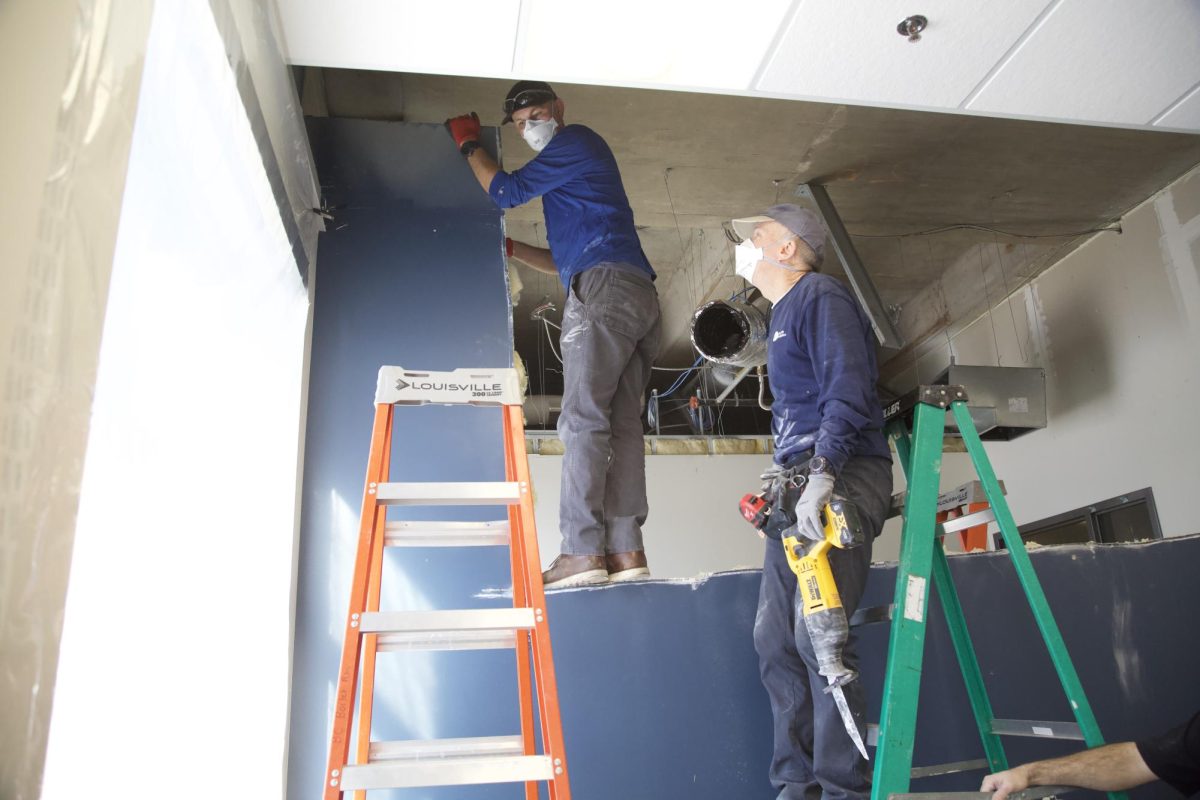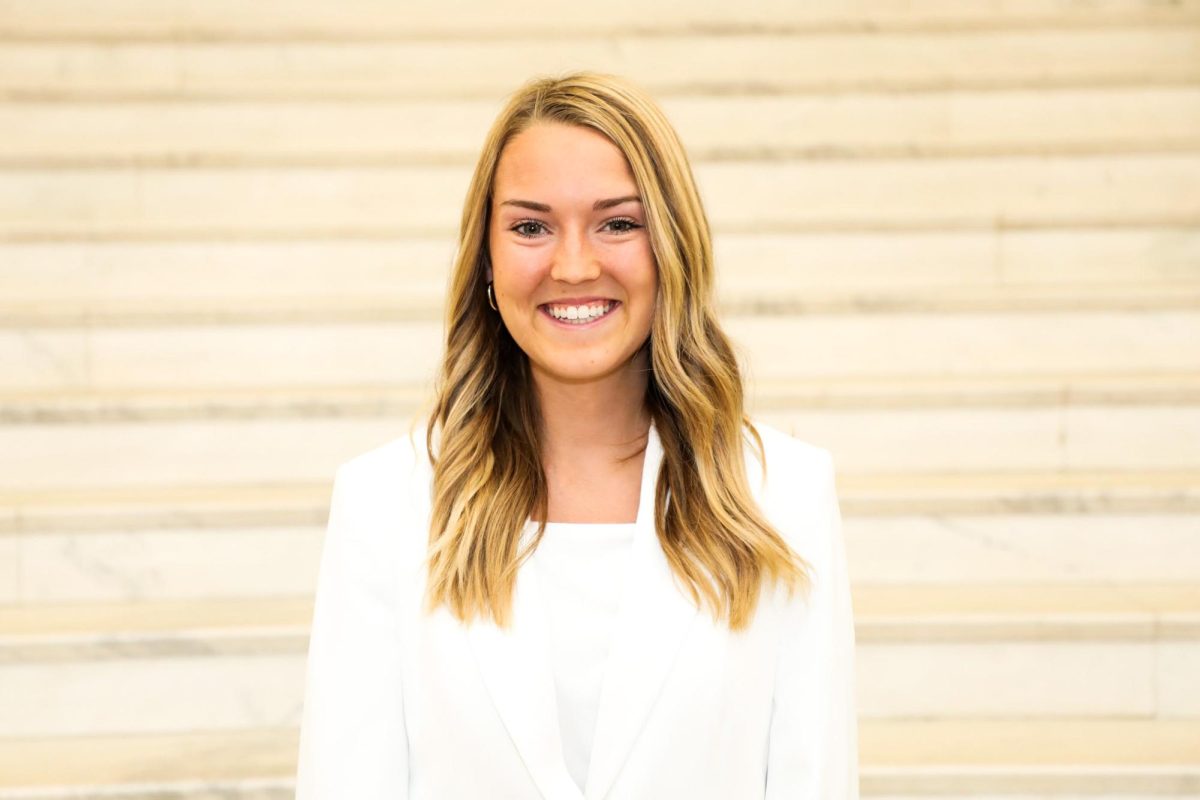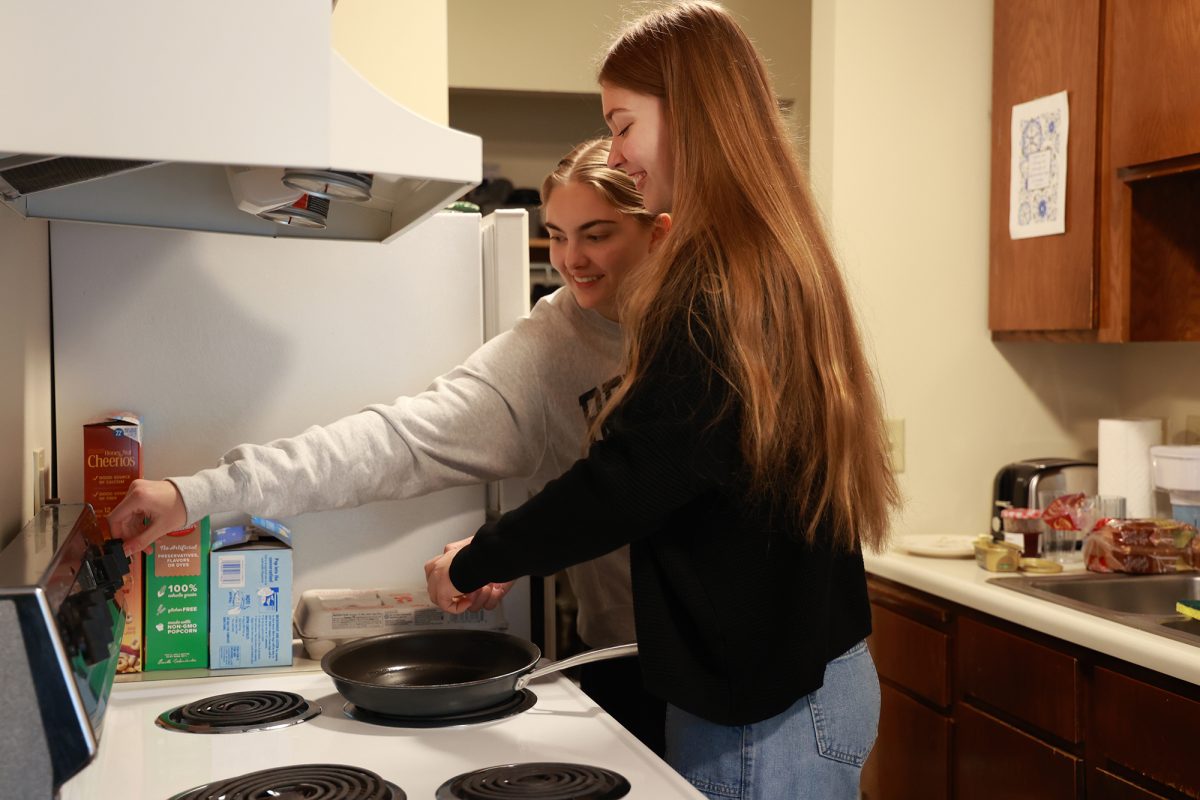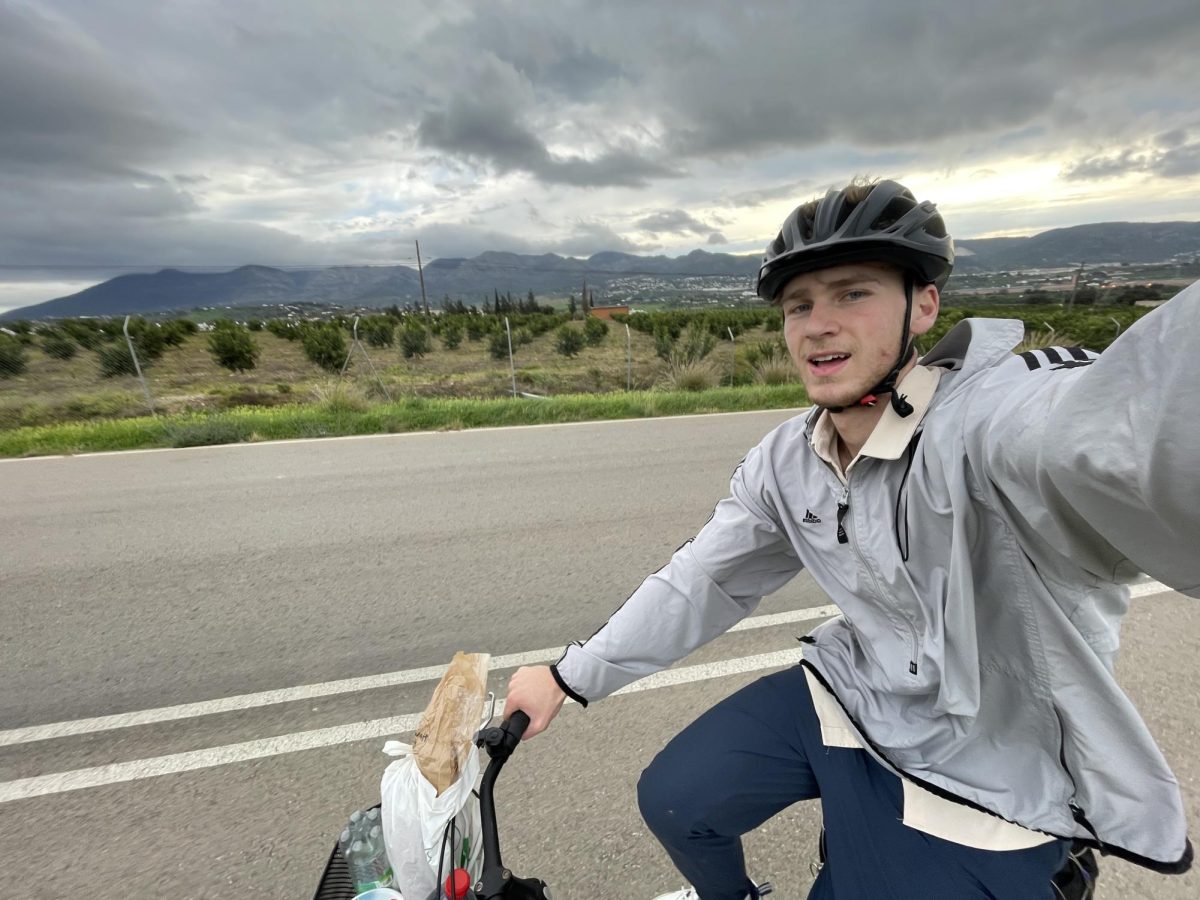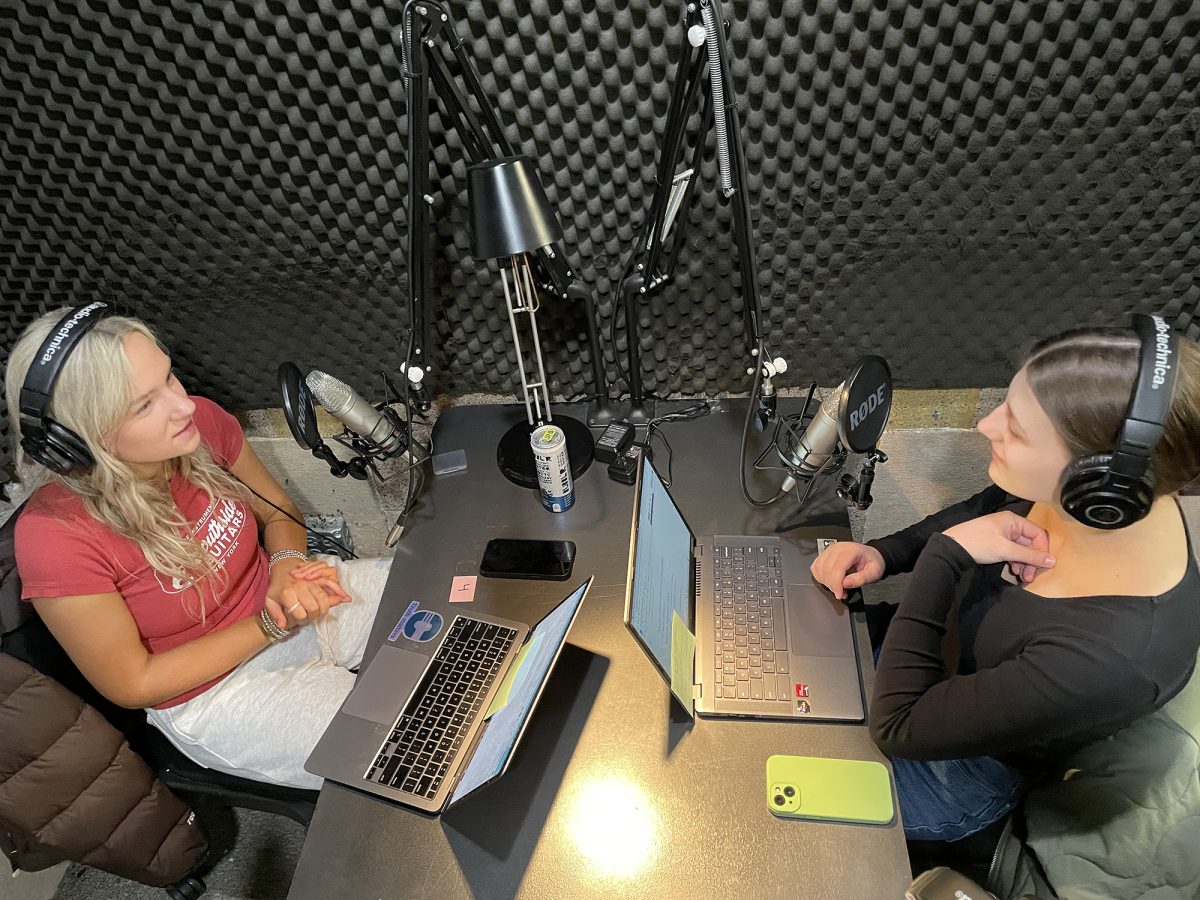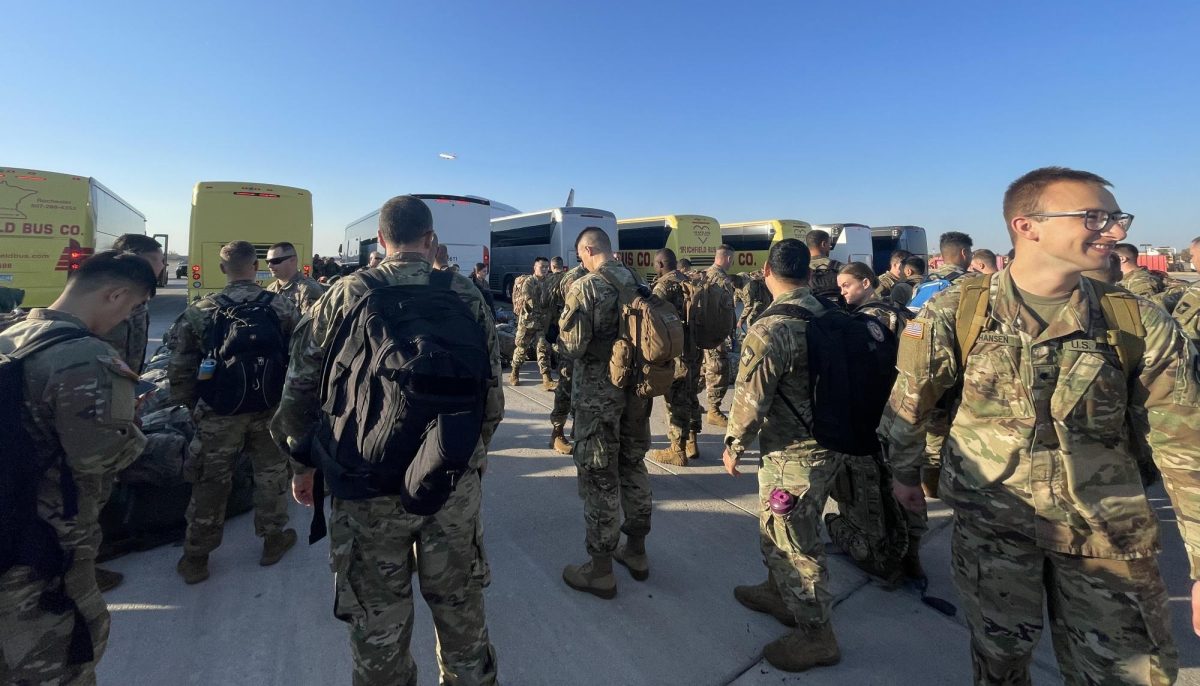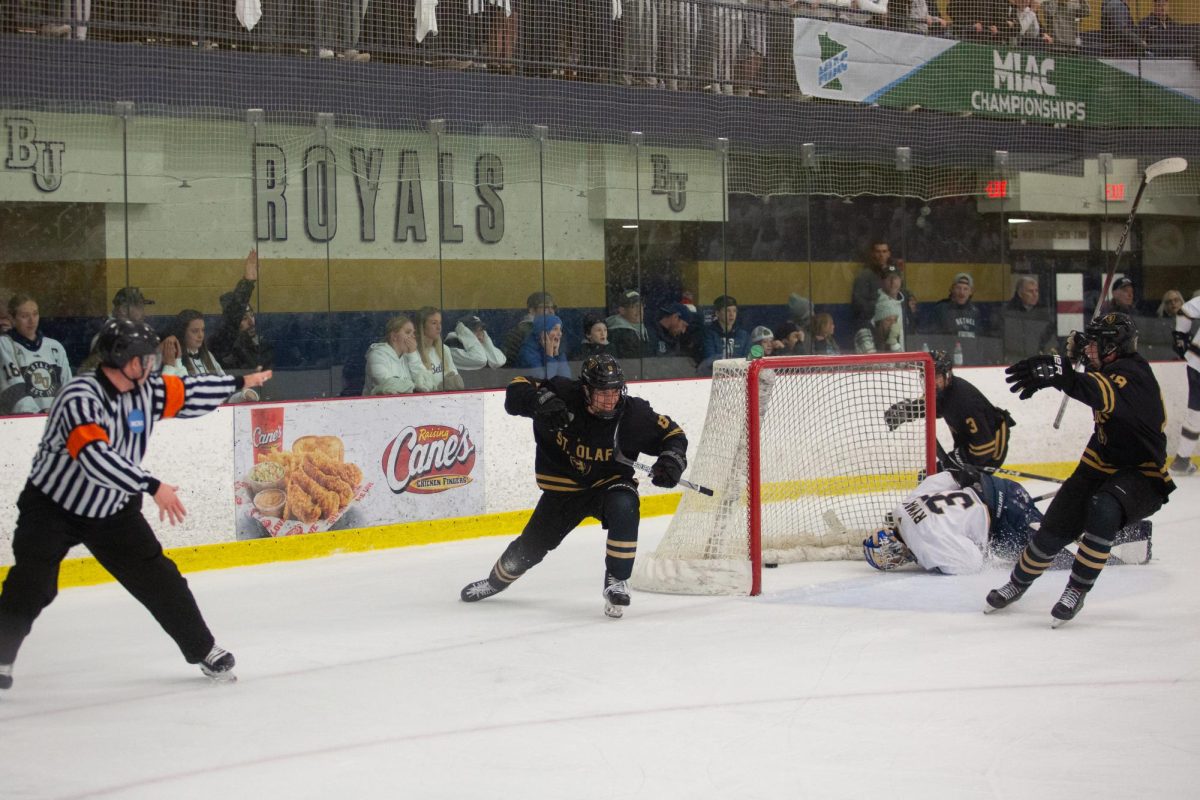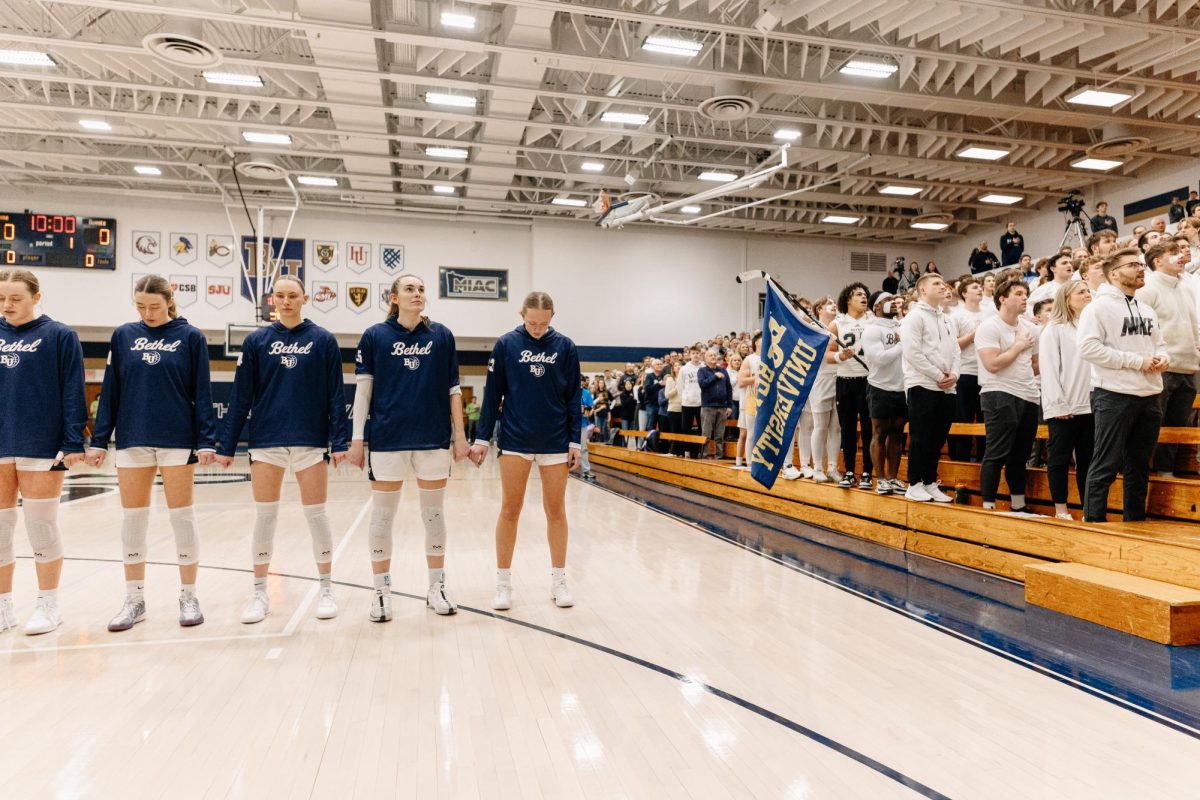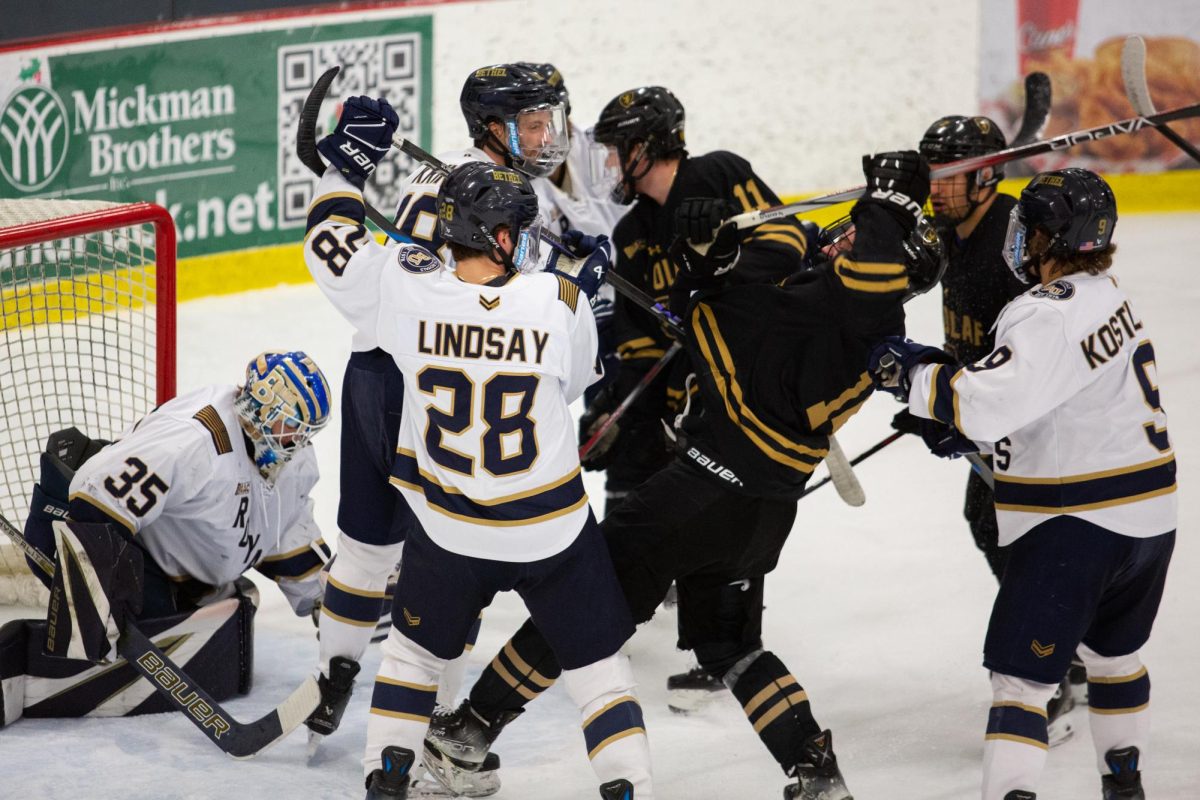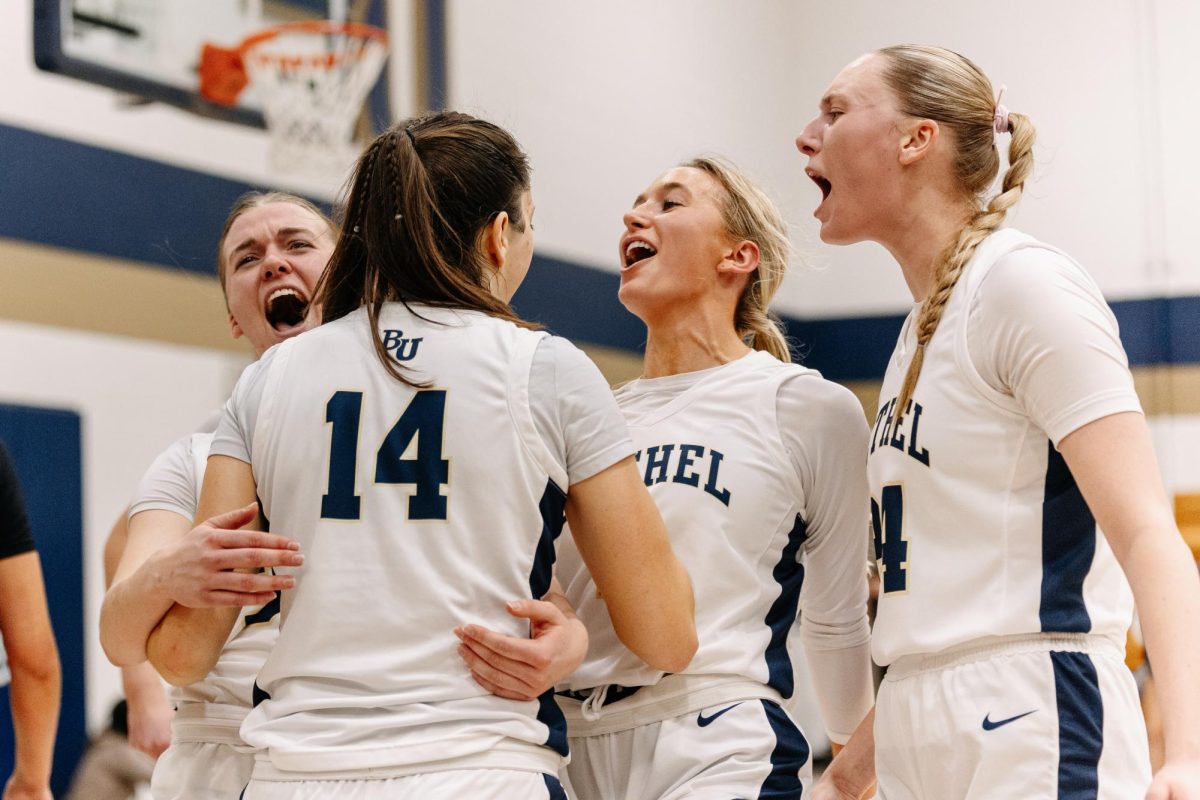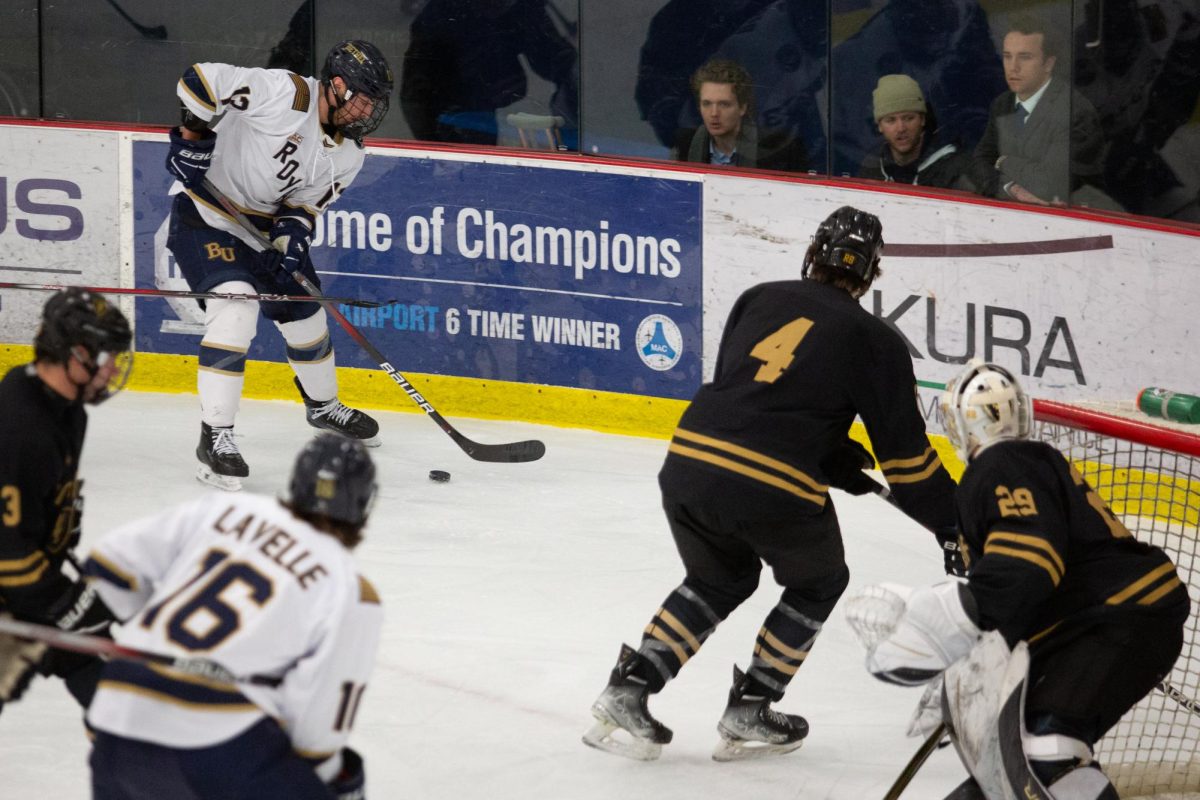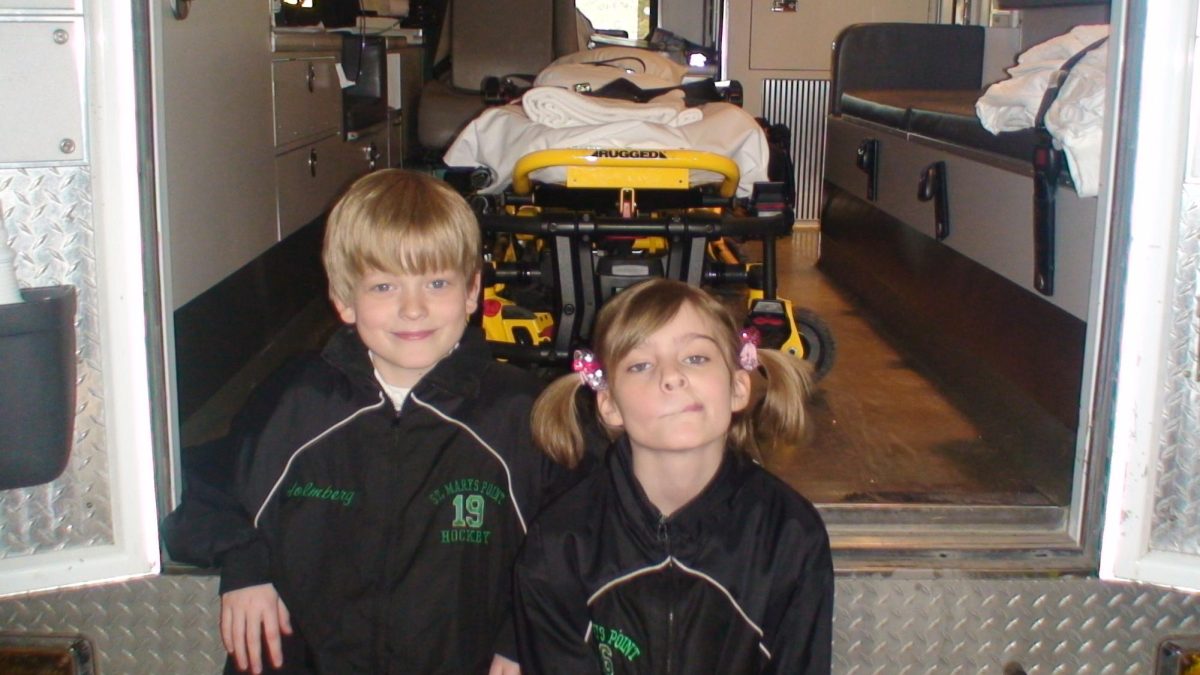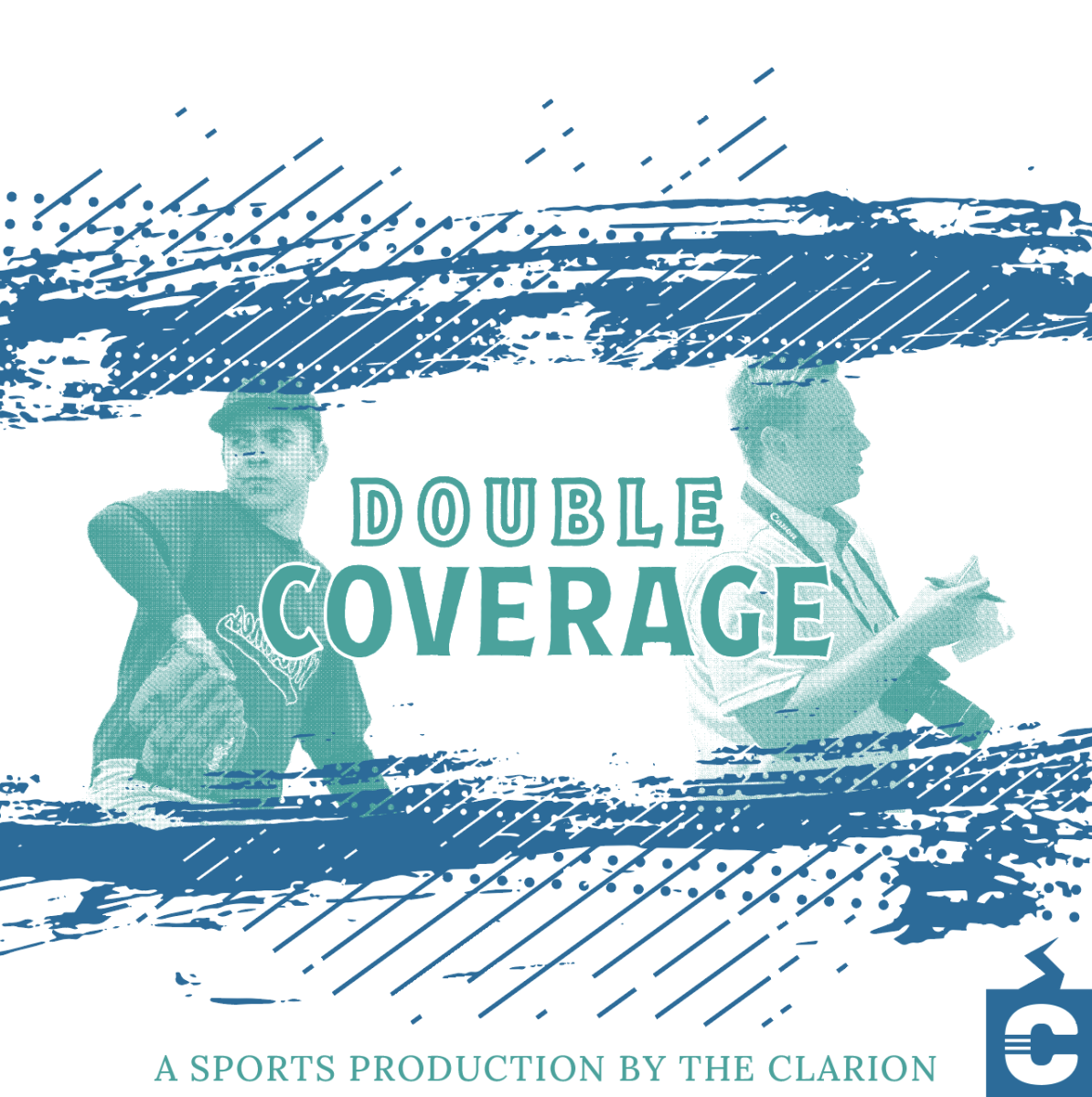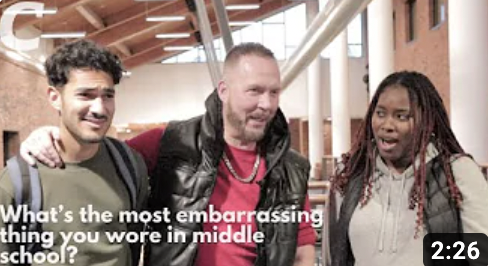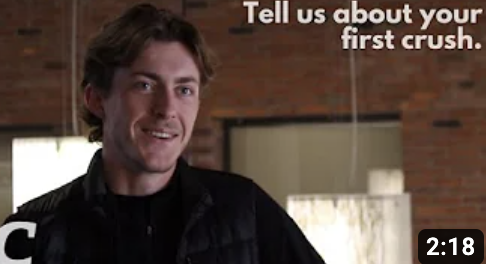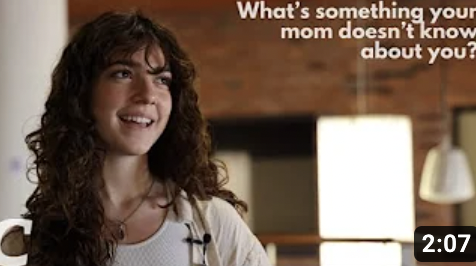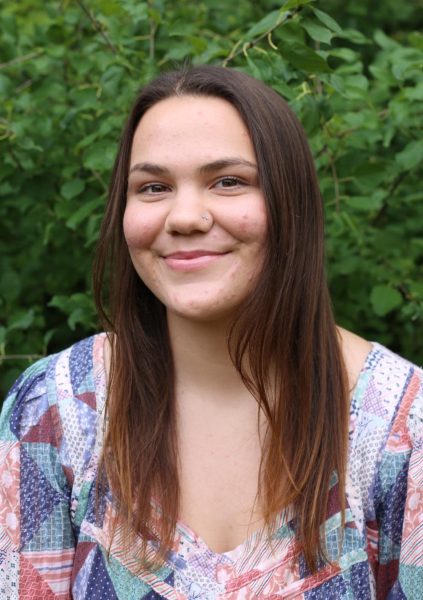When I was in elementary school, I never missed a chance to tell people I was Native American and had moved from the Rosebud Reservation. At the time, I didn’t understand the weight of claiming this identity or the importance of what I was saying. I wore the title of Native American as a badge of honor because it made me different from my classmates. My pencil would eagerly check the box for “American Indian or Alaska Native” without hesitation, without the need to explain or defend myself.
I loved learning about Native American history in third and fifth grade. We even had a naming ceremony after the end of the unit where everyone was given a chance to vote on names for our classmates that would be stamped onto a fake calf-skin necklace. Definitely a super accurate and culturally appropriate thing to do… I was given the name White Dove – Peace Maker and my best friend Tessa’s translated to Beautiful Warrior. What a letdown.
But my elementary school pride became middle school indifference, which ultimately became high school embarrassment. Some people began to call me Dora and insisted that I was actually Hispanic. On top of that, I heard comments about alcoholism, drugs, deadbeats and stealing puppies associated with Native Americans.
I suddenly refused to check the “American Indian or Alaska Native” box. I felt guilty when my mom would tell me to fill out a scholarship form that was specifically geared toward Native American students. I mean, look at me. I pass as white and don’t get racially profiled because of my appearance. When we visited family back on the reservation, all I noticed was that it was run-down. Boarded-up houses. Old tires in the front yard. I was still interested in Native culture, but it felt like I was learning about something outside of myself. I was learning about my mom and her family’s culture, not my own.
In 2018, South Dakota adopted new education standards dictating how Native American history should be taught. It was never enforced. When I had to choose a topic for a persuasive speech in my senior year speech class, I chose this. The next speech I gave was about how sports logos that appropriate Native Americans are detrimental. And my interest continued to grow and grow as I wanted to connect with my mom over our identity.
Two years later I found my place at Bethel as a volleyball player, a newly-declared graphic design major and a suitemate of Arden Village’s B6. I didn’t know what United Cultures of Bethel really was or that it had a First Nations subgroup. So, when my sister RyleeAnn was approached and asked, “What are you?” I suddenly became her co-director.
At first, I was hesitant to lead a group. But my worries were soon squashed – my sister and I were the only members. There are very few students on campus who identify as Native American or expressed interest in our subgroup.
Without realizing it, taking this position had checked the “American Indian or Alaska Native” box in a very new and public way. Professors and peers began to ask more questions. Don’t get me wrong, I enjoyed these conversations, but I began to feel daunted by the eyes and labels of others. I was so excited to join the UCB community, but this excitement soon dwindled into feelings of further isolation amid my mission to dig deeper into my cultural identity. I thought I was going to finally connect with other people with similar cultural backgrounds. While other subgroups had the opportunity to create community, there was no one to talk to about this besides my sister.
According to the Bethel website, UCB’s goal on campus is to help “support students in their cultural identities, enrich cultural sensitivity, appreciate cultural similarities and differences all while being concerned about the needs of the community.” Due to the lack of subgroup membership and Native representation on campus, I feel my part of UCB is easily overlooked. Lack of communication makes planning events hard, and when we do plan an event, no one shows up. I feel a strain between myself and those who supervise UCB because I do not feel supported.
Despite these frustrations, I have enjoyed my position as co-director, as I’ve discovered so much about myself.
Last year we hosted an event surrounding the book “Native Enough,” which discusses blood quantum, a system that the federal government placed onto tribes in an effort to limit their citizenship. No one is going to go up to someone of a different ethnicity and ask, “How much are you?” But that happens all the time with Native Americans. The author Nina O’Leary discussed the common struggle of not feeling or looking Native Enough, and I really resonated with her words.
I have become more comfortable asking my mom questions about her family, history and reservation life. Like the fact that people think Native Americans can only be found in history books, wearing large feather headdresses and living in teepees. Or that my elementary school naming ceremony was actually incredibly problematic, even if the idea was to celebrate Native culture.
Now I understand I can check the “American Indian or Alaska Native” box, not just because it’s my mom’s and her family’s culture, but because it’s who I am.

